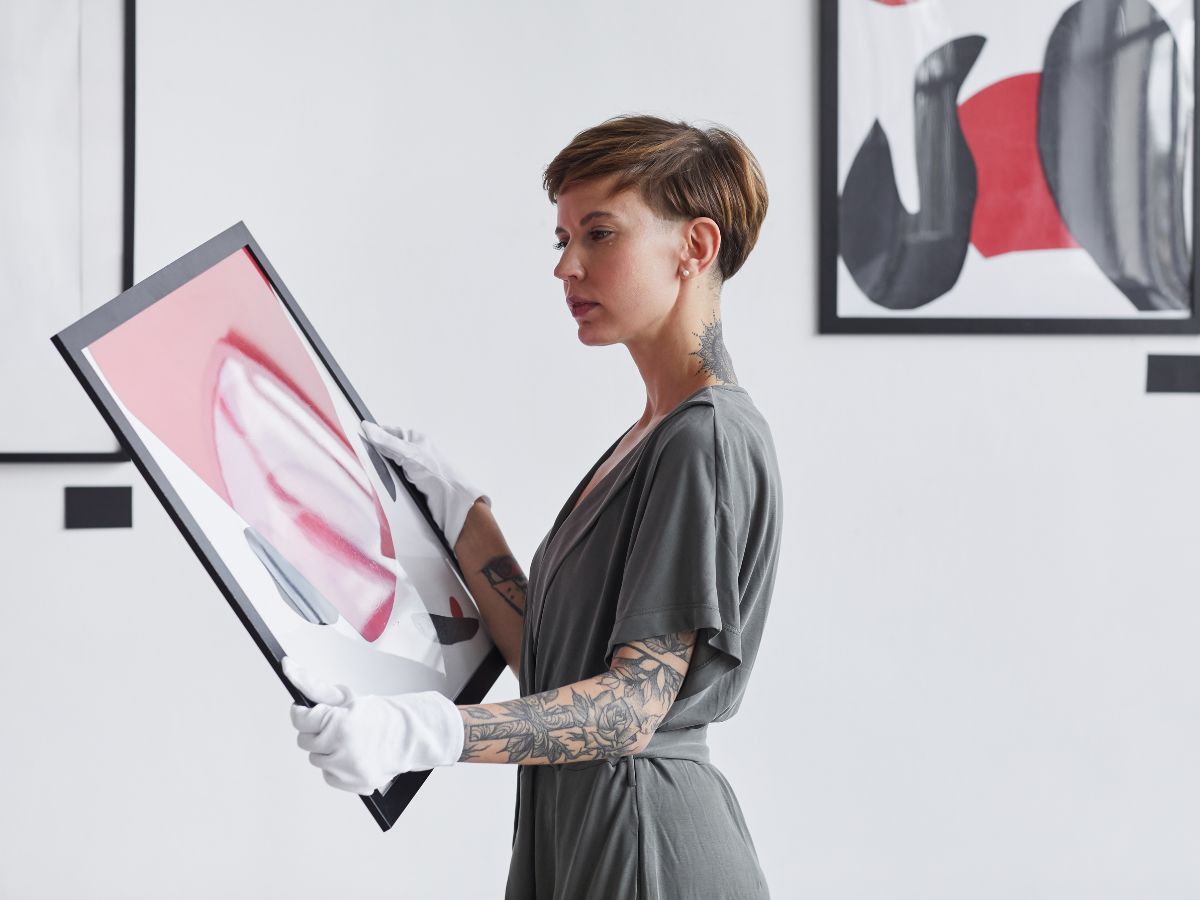
7 Ways to Diversify Your Income as an Artist
Relying solely on selling original artwork can be unpredictable. To build a more stable and sustainable career, consider expanding your income sources.
1. Offer Art Prints and Digital Downloads
Selling prints allows fans to own your art at a more accessible price point. Platforms like Etsy and Society6 make it easy to offer high-quality reproductions. Additionally, digital downloads such as printable art or design assets can provide passive income with minimal overhead.








